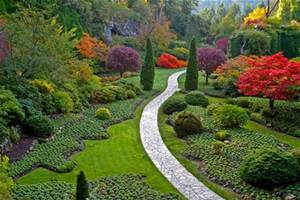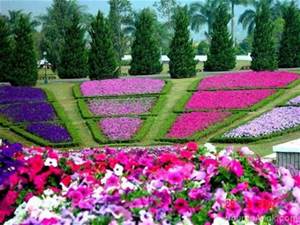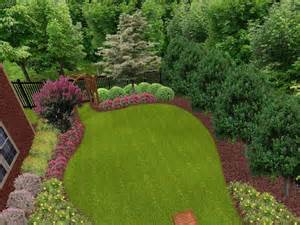Walking into any well-stocked GLASSHOUSE feels like stepping into a world of green. Quickly, your eye will pick out the exceptions to that green — pink orchids, red begonias. But the green background is what provides the overall sense of life in the greenhouse and makes the colors stand out.

The same applies in a garden. It’s tempting, especially in a small space, to pack color in the form of bright annuals into every nook, cranny and pot. But such gardens often are less lovely than overwhelming. Without a green background, your eye doesn’t know where to go and has no place to rest. There’s no sense of refuge. It’s like looking into bright oncoming headlights on a crowded highway at night.
Consider a canna lily: What makes that exuberant ruffle of color pop atop the stalk? It’s the frame of broad green leaves below. A bearded iris, no matter how extravagantly frilled and fluffed, would be lost to the eye without the clean-lined green contrast of its leaves.

Foliage is the essential background of the garden. But I find that many gardeners are so focused on blooms that they don’t even consider leaves. Those who do are often so attracted by novelty that they search out every kind of leaves except green ones—leaves touched with white, leaves that are streaked or mottled, purple leaves, leaves that are nearly black.
But like bright flowers, variegated leaves don’t stand out unless they have a simpler background. A garden full of variegated leaves is all noise and no signal.
As a shade gardener, I have no trouble creating that green backdrop. In deep shade, few plants flower, so shade gardening is all about green leaves with variations—slightly different hues, such as bluish-green hostas or silvery-green lungworts, or different textures, such as lacy ferns against broad brunnera.
I have some plants with variegated leaves—including an army of hostas with streaks of white or chartreuse or blue against the basic green background; shrubs such as Tatarian dogwood with white-edged leaves; grasses such as ‘Aurea’ Japanese forest grass, whose green is lined with yellow. But the base is a fresh green. It is the frame for focal points of color — pots of kalaidescopic coleus, bold begonias, purple Persian shield.

Sunny gardens usually are framed by green lawns and often by evergreen shrubs. But it’s also worthwhile, when planning the perennial garden, to think as much about what a plant will look like when it’s not blooming as when it is. What kind of leaves will it have? How will they be arranged? What kind of background will they provide for the blooms of the plants around it?
One way to plan a harmonious green is to think of green as your basic black and flowers as a jewelry box full of accessories. Plant for both background and bling.










